Exploring the beauty of nature through drawing can enhance your artistic skills and deepen your appreciation for the environment. This article presents five engaging nature drawing ideas that will inspire creativity and help you connect with the natural world around you. Whether you’re a beginner or an experienced artist, these concepts can provide fresh perspectives and enhance your drawing practice.
By incorporating various elements of nature into your artwork, you can experiment with different techniques and styles. This approach not only improves your abilities but also encourages mindfulness as you observe and capture the intricate details of nature.


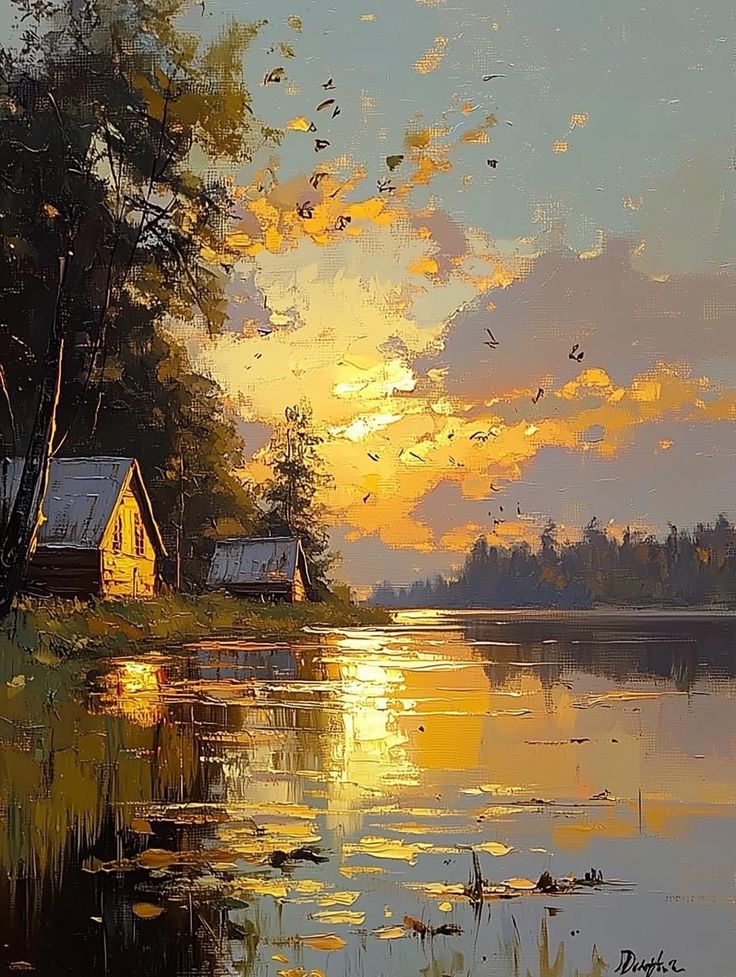
1) Sunset Over a Mountain Range
A sunset over a mountain range offers a stunning visual experience. The vibrant colors of the sky create a beautiful contrast against the rugged peaks.
Begin by selecting your viewpoint. A location with an unobstructed view of the horizon enhances the beauty of the scene. Observe the changing light as the sun descends.
Pay attention to the palette of colors. Hues of orange, pink, and purple often blend beautifully during sunset. Capturing these transitions can bring your drawing to life.
Use loose, flowing lines to illustrate the mountains. This can convey the texture and mood of the landscape. Highlight the shadows cast by the setting sun to add depth and dimension.
Consider including elements like trees or clouds to fill the composition. These can draw the eye and add interest to your drawing. Experiment with different techniques to depict light and shadow effectively.
Lastly, allow your personal style to shine through. Whether through detailed realism or a more abstract approach, express what you feel in that moment.


2) Majestic Oak Tree in Autumn
Drawing an oak tree in autumn offers a chance to capture a scene filled with rich colors. The leaves transition from green to vibrant shades of orange, red, and yellow, creating a stunning palette.
Start by outlining the tree’s strong trunk and sprawling branches. Pay attention to the texture of the bark, which often has deep grooves and a rough feel.
Focus on the leaves, highlighting their unique shapes. Each leaf tells a story through its color and condition.
Consider the surrounding environment as well. A carpet of fallen leaves can add depth and contrast to your drawing. Use soft, earthy tones to represent the ground and fallen foliage.
Lighting plays a crucial role. Capture the way sunlight filters through the branches, casting interesting shadows and illuminating the vibrant colors.
This subject allows you to practice various techniques, from sketching to shading. Take your time to enjoy the process and celebrate the beauty of autumn in nature.
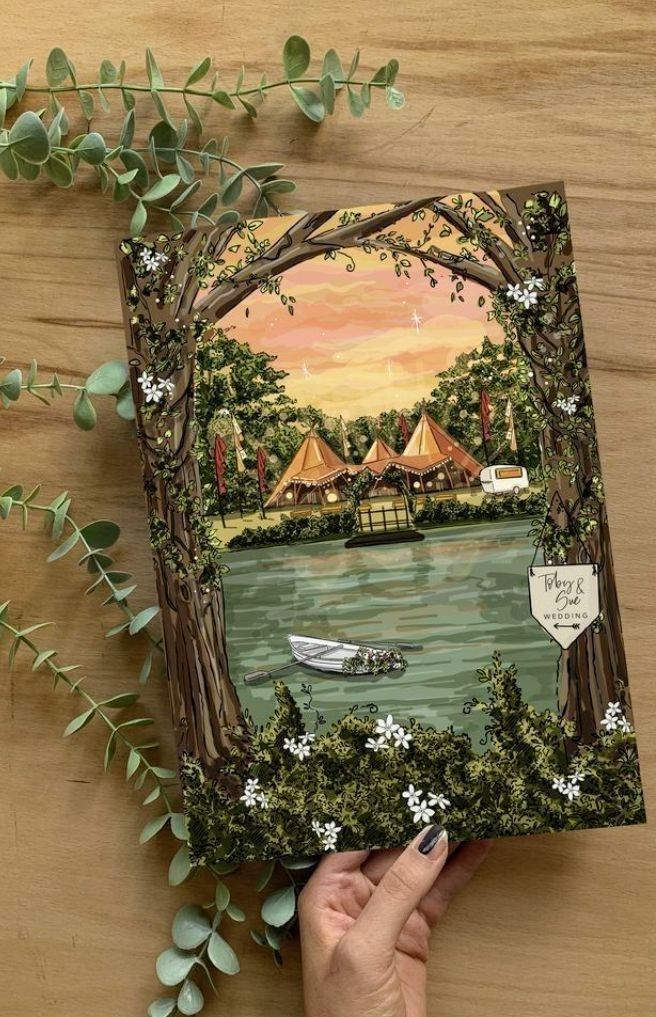
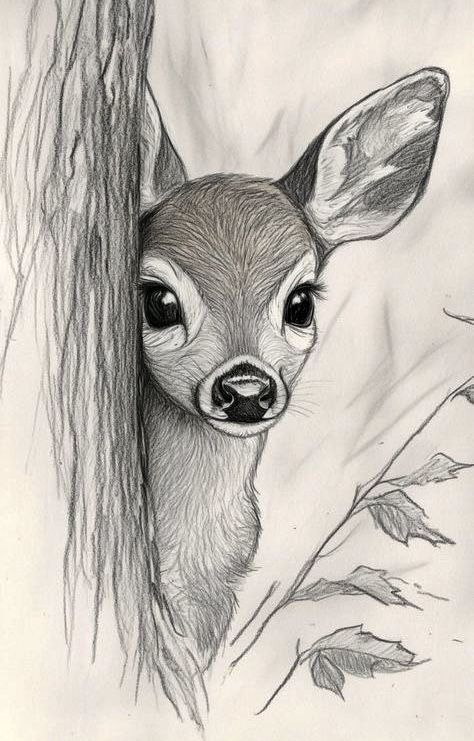
3) Gentle Stream with Water Lilies
A gentle stream offers a serene setting for your drawing. Focus on the movement of the water and how it interacts with its surroundings.
Observe how light reflects off the surface, creating intriguing patterns. Capture the soft ripples and the contrasting stillness around water lilies.
Water lilies provide a beautiful focal point. Their round leaves and vibrant blossoms add color and texture to your composition.
Consider the placement of the lilies in relation to the stream. You can explore various angles, from a close-up of a single flower to a wider view of the entire scene.
Pay attention to the colors present in the stream and the lilies. Use soft greens and subtle blues for the water, while highlighting the whites and pinks of the flowers.
Incorporating nearby flora enhances the natural environment. Sketching surrounding reeds or grasses can provide depth and context.
Remember to balance your drawing with both the flowing water and the stillness of the lilies. This contrast can create a harmonious and engaging composition.

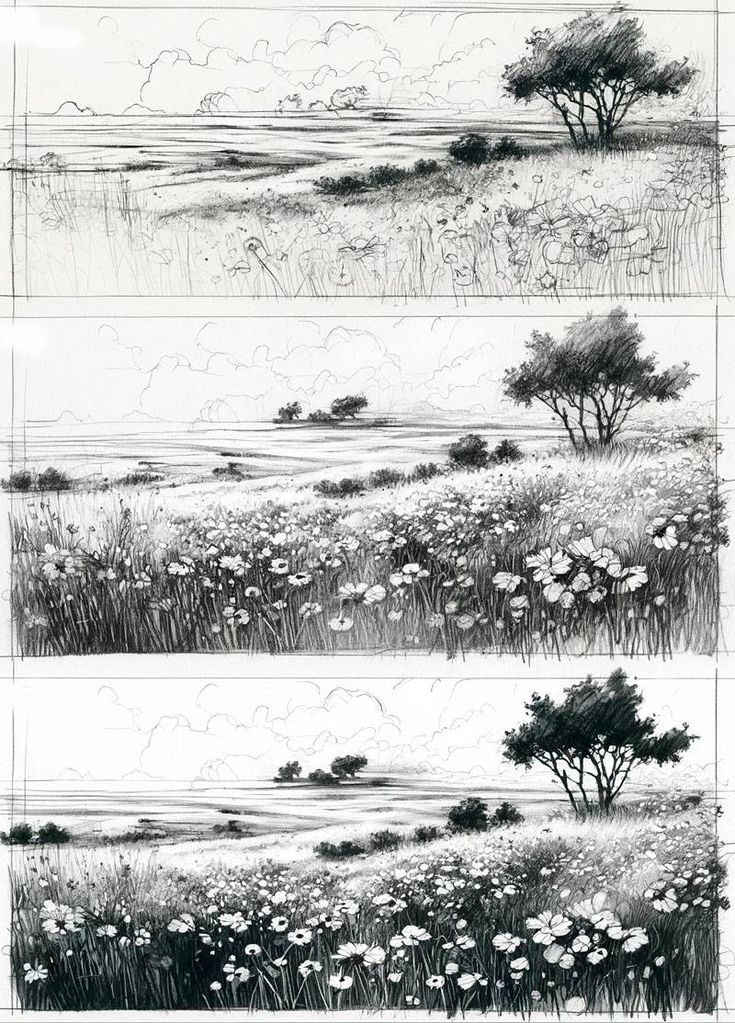
4) Birds Perched on a Cherry Blossom Tree
Drawing birds perched on a cherry blossom tree can be a delightful challenge. Cherry blossoms provide a beautiful and delicate backdrop for your avian subjects.
Focus on the distinctive shapes and colors of the birds. Consider species like sparrows or finches, which often complement the soft pink of the blossoms.
Capture the texture of the tree’s bark and the subtle variations in flower petals. Observing photographs or real-life references can help you depict these details accurately.
Pay attention to the composition. Position the birds among the branches to create a balanced scene. Varying the sizes and poses of the birds adds interest.
Use light colors for both the blossoms and the birds to represent a serene spring day. Experiment with different shading techniques to enhance depth and realism.
This subject offers opportunities to express movement and stillness. Observe how the birds interact with their environment, whether they are resting or preening.
Engaging with this scene can improve your drawing skills and deepen your appreciation for nature.

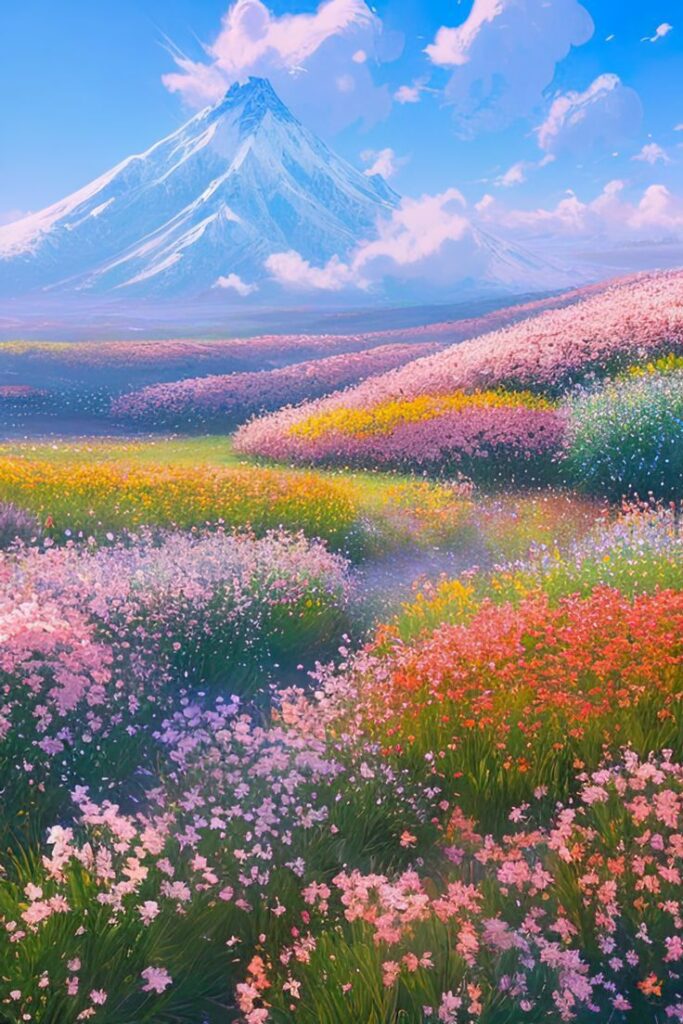
5) Snow-Capped Peaks with Pine Forest
Drawing snow-capped peaks with a surrounding pine forest can be inspiring. The contrast between the white snow and the deep green of the pines offers a rich visual experience.
Start by sketching the mountains in the background. Use sharp angles for the peaks to convey their majestic height. Focus on perspective to create depth in your drawing.
Next, add the pine forest in the foreground. Employ varying shades of green to depict the different pine trees. Consider the density of the forest, using darker shades for trees in shadow.
Incorporate details like snow accumulating on tree branches. This adds realism and highlights the wintry setting. Pay attention to the texture of the snow, using light strokes to create a soft appearance.
Lastly, think about the sky. A pale blue or soft gray can enhance the cold atmosphere. You can include clouds to suggest a serene winter scene.


Understanding Nature Drawing
Nature drawing involves capturing the details and essence of the natural world. This practice demands a keen eye for observation and a grasp of the fundamental elements that define art in nature.
Elements of Nature Art
There are several key elements to consider when engaging in nature drawing. Line is crucial; it shapes the form and structure of objects you depict. Different types of lines, such as curved or jagged, can convey various textures and feelings.
Shape defines the contours of natural objects, whether it be the roundness of a leaf or the angular edges of a mountain. Color brings vibrancy, while texture can be represented through shading and detailed strokes. Incorporating light and shadow will add depth and contrast to your drawings, making them more lifelike.
Importance of Observation
Observation is the backbone of effective nature drawing. By closely examining your subject, you grasp its details and nuances. This practice sharpens your skills in representing textures, forms, and colors accurately.
To improve your observation skills, spend time in natural settings, focusing on different aspects like light, movement, and scale. Consider using sketchbooks to capture quick studies, honing your hand-eye coordination. This approach allows you to understand the intricacies of your subjects, leading to more compelling artwork. Engaging with nature also inspires creativity and enhances your appreciation for the environment, enriching your drawing experience.


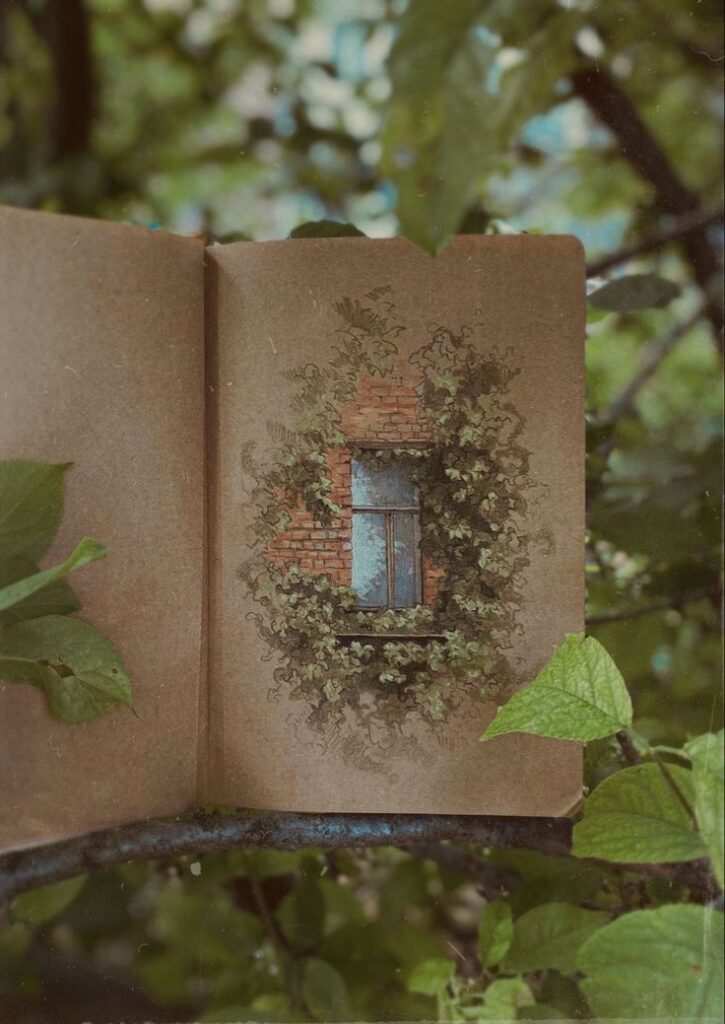
Techniques in Nature Drawing
Mastering nature drawing involves various techniques that enhance accuracy and expression. Focusing on precision and selecting the right tools are critical to achieving effective results.
Sketching with Precision
Precision in sketching is vital for capturing the essence of nature. Start by observing the subject carefully. Notice the shapes, lines, and proportions before you put pencil to paper.
Use light strokes for initial outlines, which allow for adjustments without damaging the paper. Gradually build up details as you gain confidence.
Pay attention to perspective, especially when drawing three-dimensional objects like trees or mountains. Using techniques like foreshortening can create depth.
Incorporating textures is also important. Use cross-hatching or stippling to convey the roughness of bark or the softness of leaves.
Choosing the Right Tools
Selecting appropriate tools can significantly impact your drawing experience. Pencils of varying hardness offer different benefits. For fine details, use harder pencils (H, 2H). Softer pencils (B, 2B) are ideal for shading.
Paper choice matters. Smooth paper works well for precise lines, while textured paper adds dimension to sketches.
Consider incorporating erasers, blending stumps, and even colored pencils for more variety. Each tool contributes to different aspects of your drawing, from outlining to shading.
Experiment with different mediums. Graphite, charcoal, or ink can offer unique results and broaden your skill set.
- 908shares
- Facebook0
- Pinterest908
- Twitter0


